Piling Westzaner Zeedijk
You have to know where it is, because otherwise you'll drive right past it, and you have to know what it is, because otherwise you might think "Stones in a dike - so what? But the 18th-century piece of stone slope at the bottom of the Westzaner Zeedijk near Nauerna is a monument that recalls the devastating pile worm that changed the face of the Dutch dikes forever.
Even in the 18th century it had long been known that the installation of a stone slope at the bottom of a sea dike could provide good protection against erosion during storms. The famous hydraulic engineer Andries Vierlingh (c.1507-ca.1579) advocated the construction of stone slopes at all dikes as early as the 16th century. But stone was expensive in North Holland, because the natural stone needed had to come from far away.
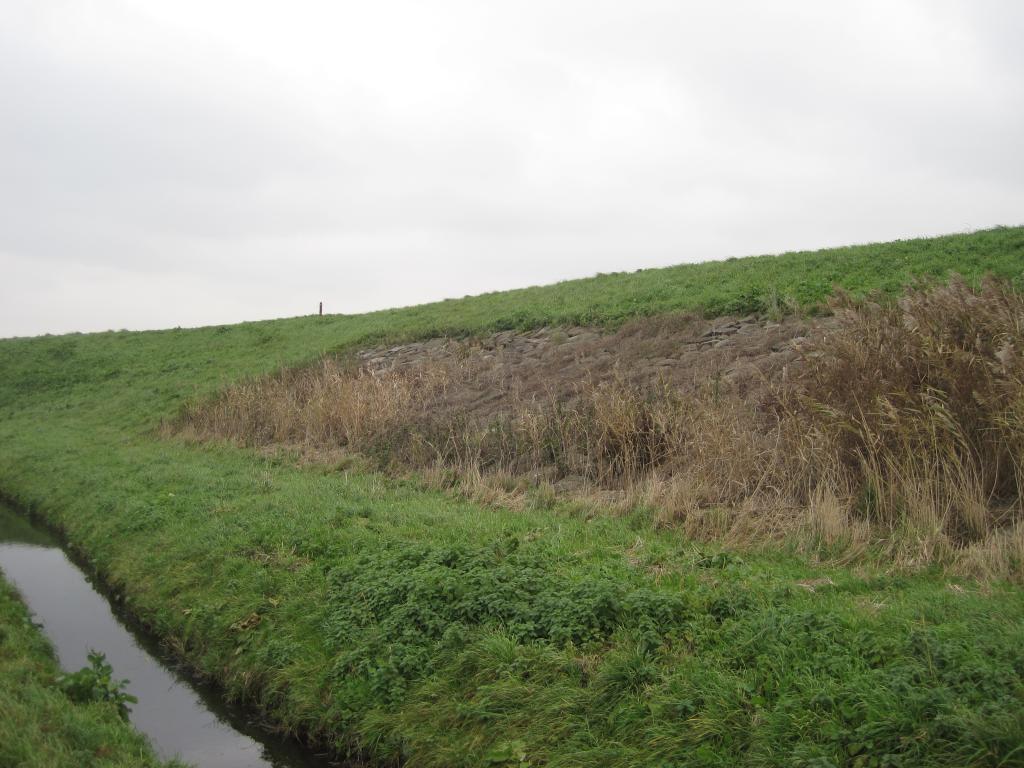
Instead, at the beginning of the 18th century, many North Holland sea dikes were protected from erosion by seaweed. For many dikes, the outer dike foreland had now been completely washed away. Therefore, starting in the 16th century, a coastal defense was often constructed on the sea side of the dikes in the form of a seaweed belt or sea dike, composed of seaweed and wood. That weed was actually Big Sea Grass that grew well in the Zuiderzee and wood was also abundant and cheap.
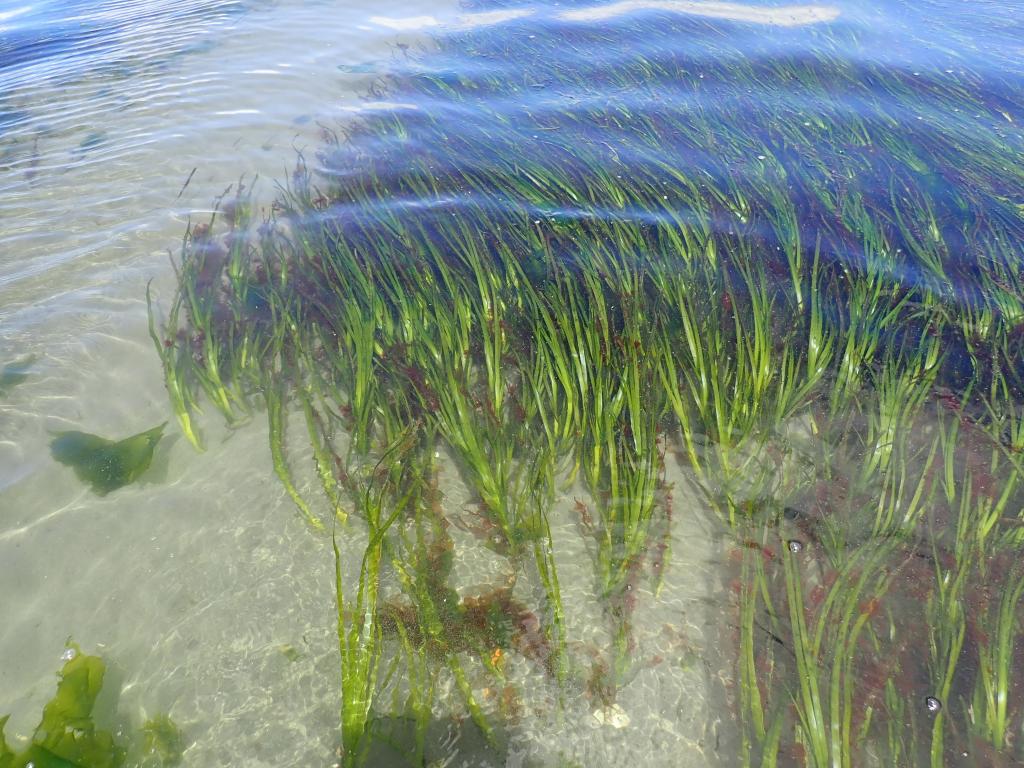
Dikes looked very different from today, almost like a wall in the sea. Crushed seaweed, held together by wooden poles, caked into a very solid substance that absorbed the force of the sea and thus protected the earthen dike from erosion. The weed held together by wooden stakes had to be replaced from time to time, and the weed had to be replenished every year because it shrank, but it worked well for a very long time.
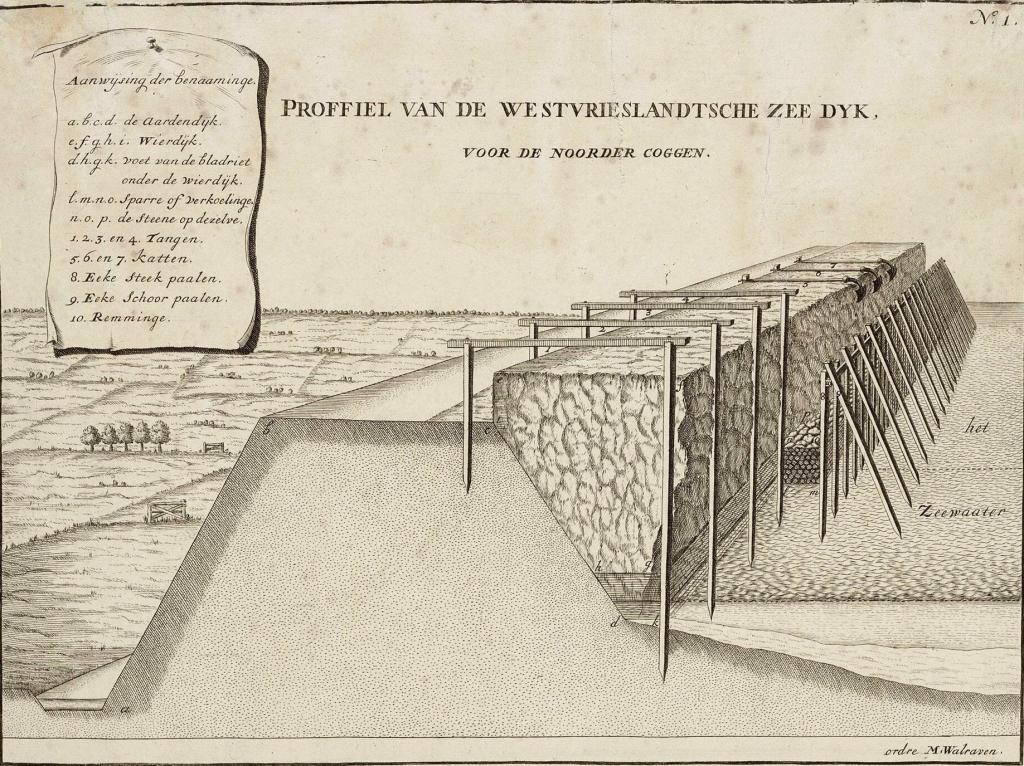
In the early 1930s, the poles that held the weir belt in place were found to be in very poor condition almost everywhere, much to the shock of water board administrators throughout the Dutch coastal region. They had been "gnawed through" by a critter christened the pile worm. The pile worm (teredo navalis) is a bore mussel that likes warm salt water and prefers to live in dead wood. Because it was warm for several years and the Zuiderzee salinated due to a lack of fresh water, a veritable plague of bollworms occurred.
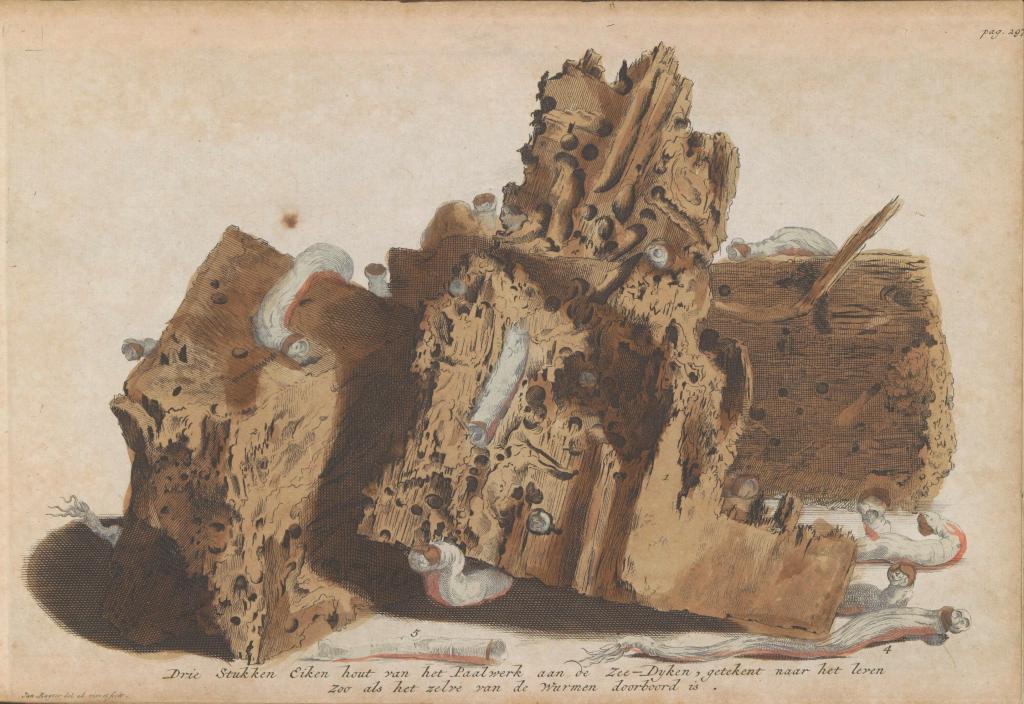
The pile worm plague was a shock to the water boards around the Zuiderzee and especially those in North Holland. The beams and poles in the weir dikes broke off like matchsticks, and in 1731 the weir straps here and there had already fallen over and drifted away. How could the dikes still be protected? There was no point in renewing the poles; in no time the bollworm had seriously weakened them again. All sorts of experts investigated the pile worms and proposed various solutions, but nothing worked adequately. Many Dutch believed that the pile worm was a divine punishment for their misdeeds.
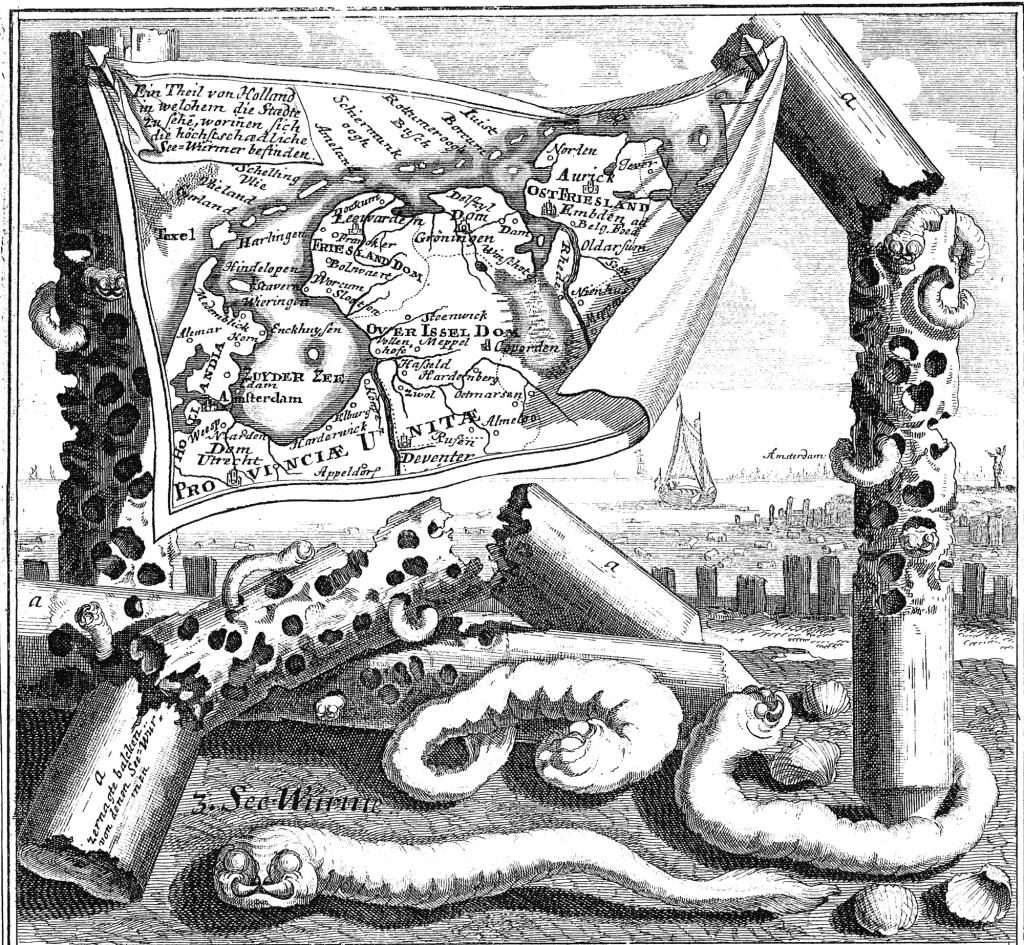
The best solution was finally proposed by two water board administrators from Westfriesland, Pieter Straat (ca. 1690-1751), mayor of Bovenkarspel, and Pieter van der Deure (ca. 1685-1763), mayor of Grootebroek. They advocated in 1733 providing the seaward side of the Westfriese Omringdijk with a slope of stone to hold in place the seaweed belts present. This would be very expensive, but it did eliminate the pile worm threat and maintenance was cheaper in the long run.
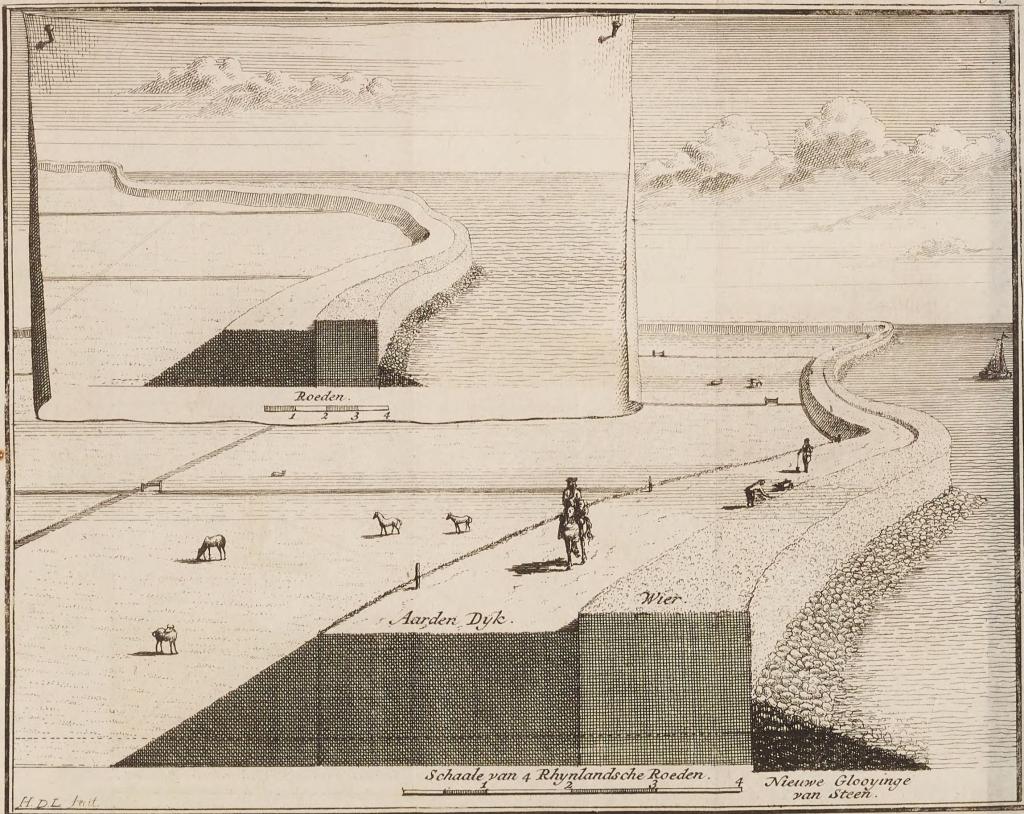
Along the Westzaner Zeedijk there was also a section of wierdijk, but most of the dike was protected with wooden shoring. The pile worm layer meant that the dike was completely reshaped. The seaweed belt and shoring disappeared and instead the dike was covered with a stone slope between 1735 and 1745. Tons of stone were hauled in for it, and the Westzan people received hefty government subsidies to pay for it all.
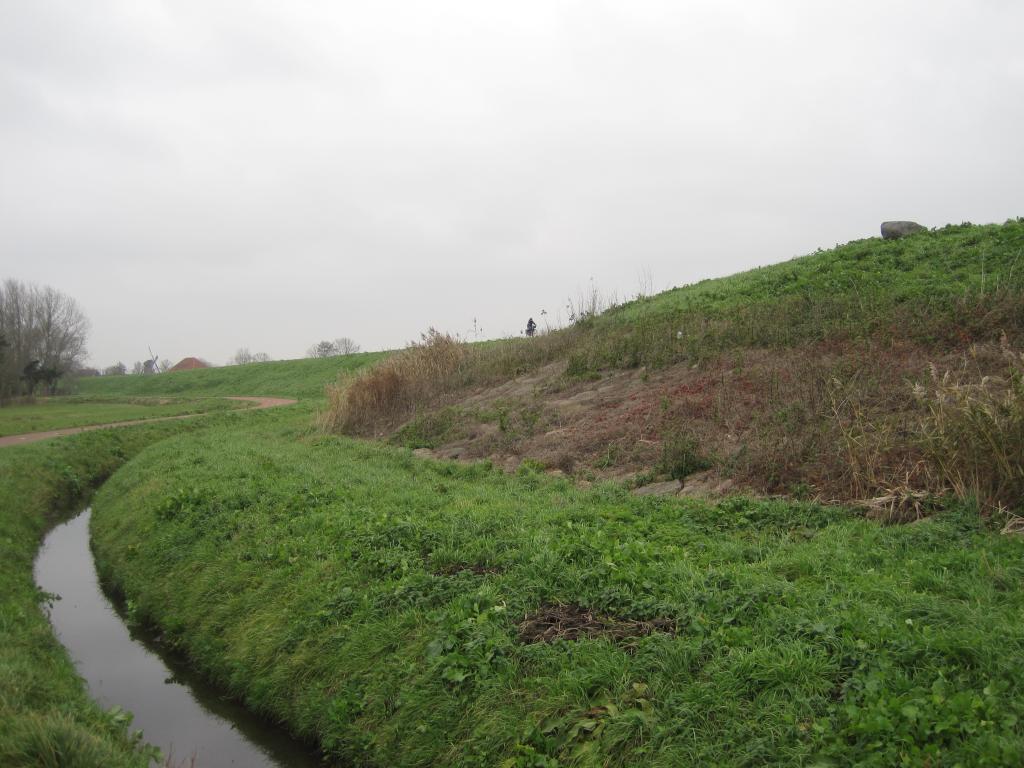
Much of the stone came from far away. The Westzaners ordered natural stone from Belgium, the Czech Republic and Scandinavia. But they also brought in building rubble from the old church of Westzaan, demolished in 1740. And perhaps fragments of hunebed also came along: the Drents developed a flourishing trade in stone because of Dutch demand. In 1734, therefore, a ban on demolishing the "old famous memorials" followed, one of the first monument laws in history.
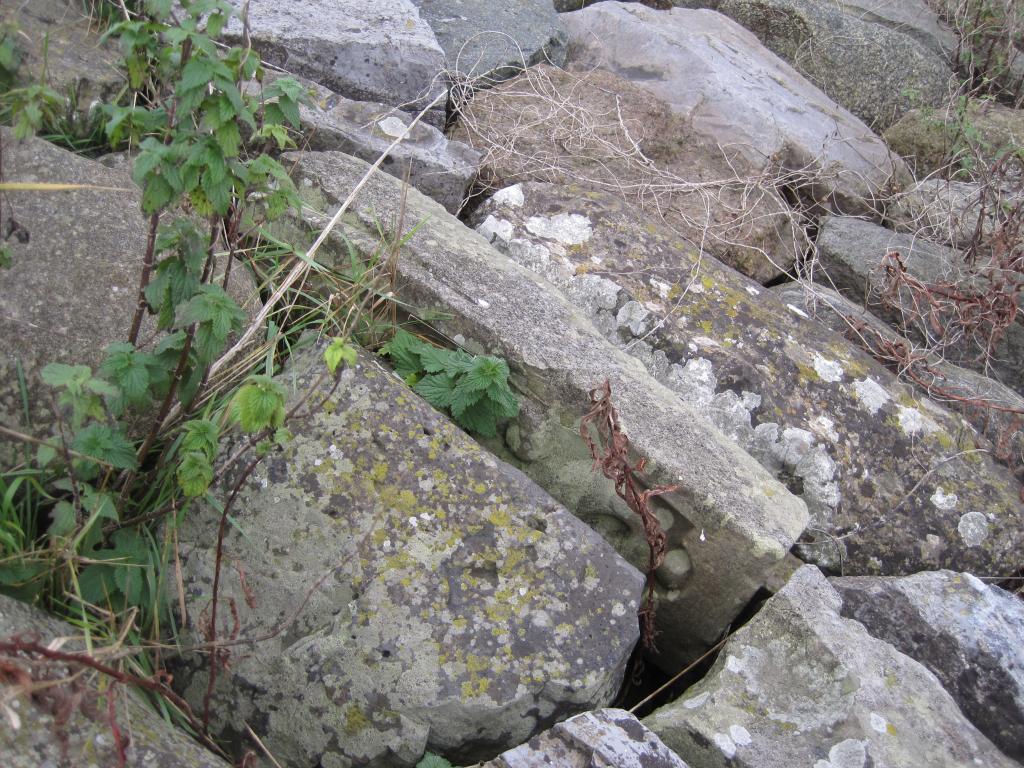
By 1745, the appearance of the Westzaner Zeedijk had changed completely. Everywhere, wood had been discarded and the dike had a stone skin. When the IJ was reclaimed, the sea dikes came dry and the stone was reused elsewhere. For a long time only the slope east of Nauerna was spared in 1948 at the insistence of Zaans Schoon. On the Oostzaner Zeedijk, however, in December 2022 part of the slope was restored as a monument with 'Norwegian boulders' from the Markermeer dike, at the request of the residents of Tuindorp Oostzaan. For them, the stones were once a favorite place to sunbathe or read a book.
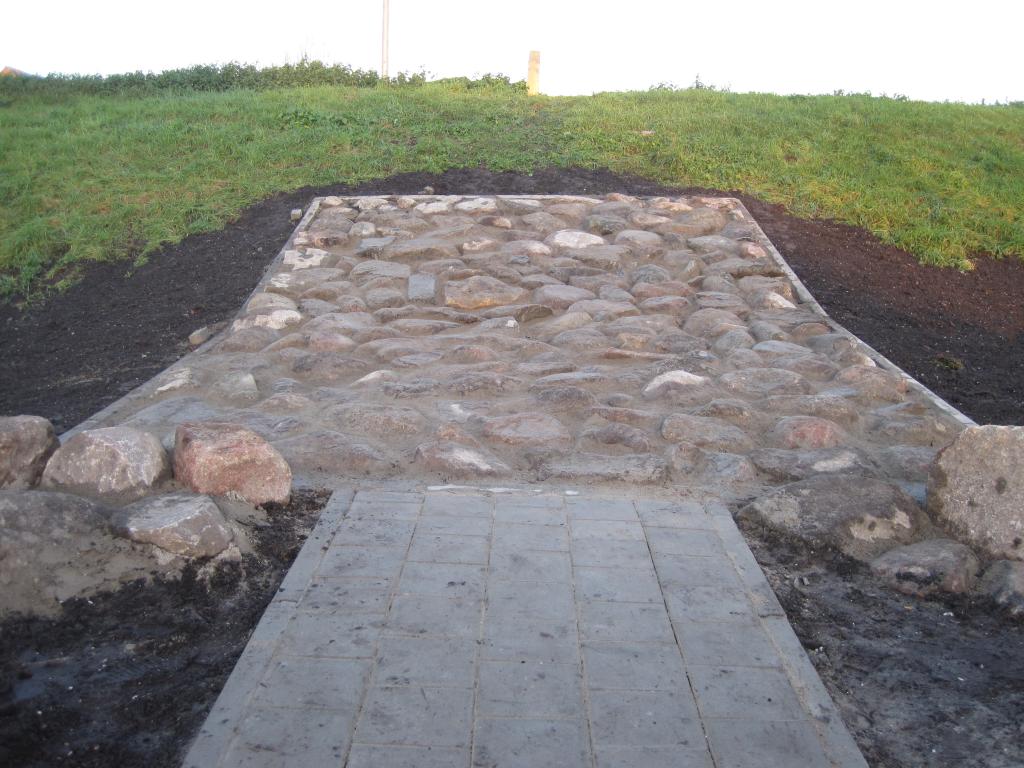
Additional
The cairn is located on the Nauerna Route hiking trail .
Those biking the North Sea Canal Route will also pass the stone slope (near the Groote Braak where the field road bends).
That includes those who bike the Oer-IJ route.
Those who want to see a Wierdijk in real life should go to Wieringen, where the only surviving Wierdijk can be found.